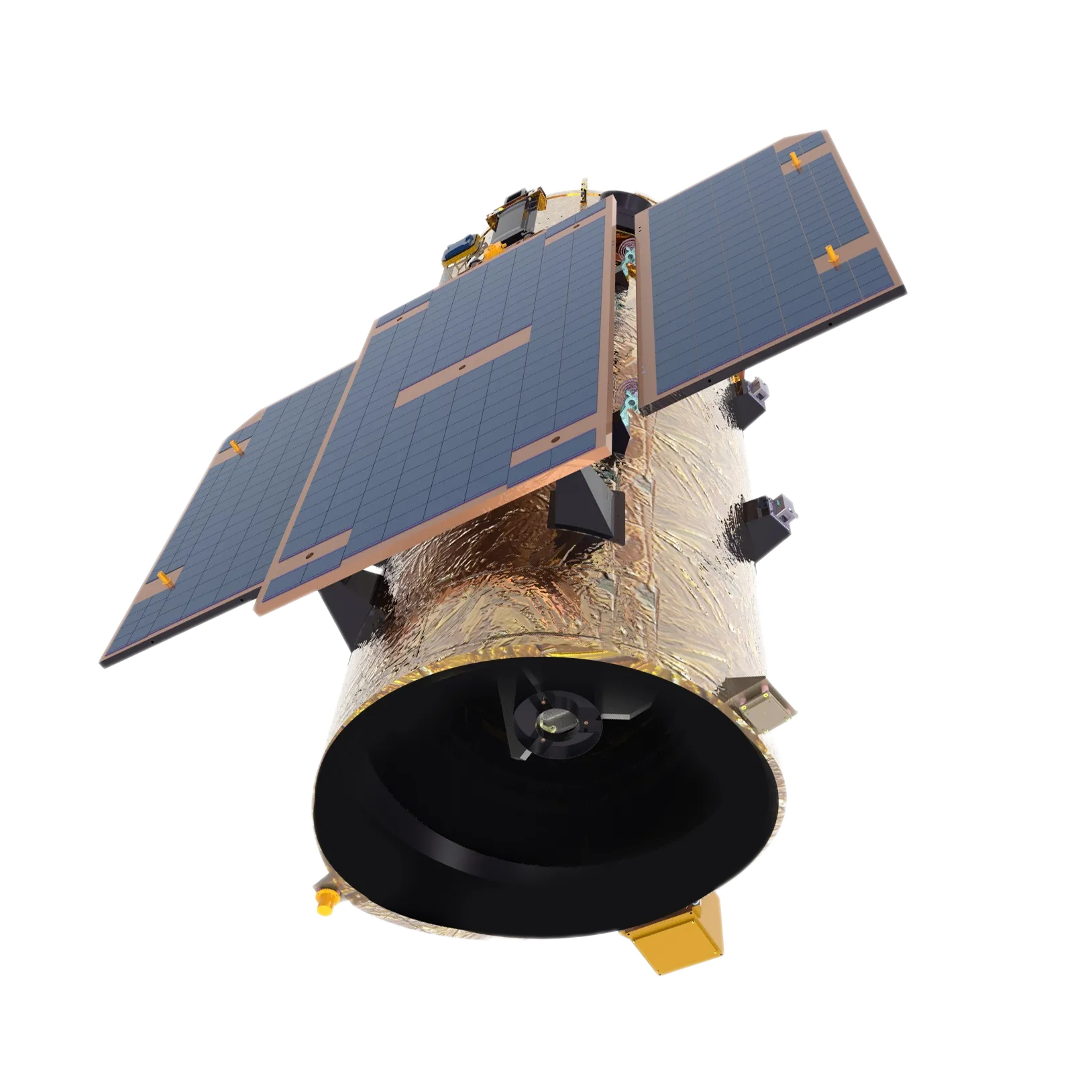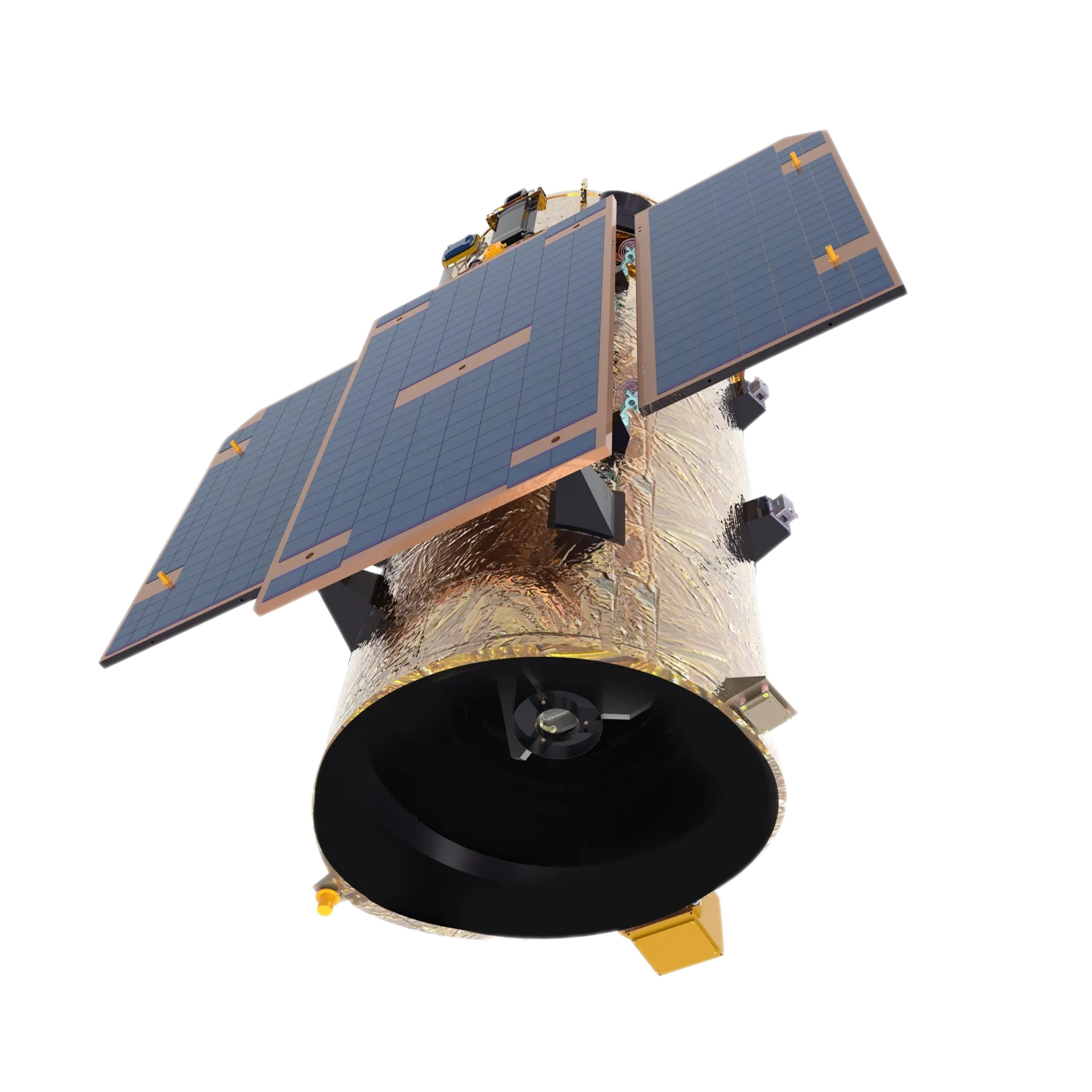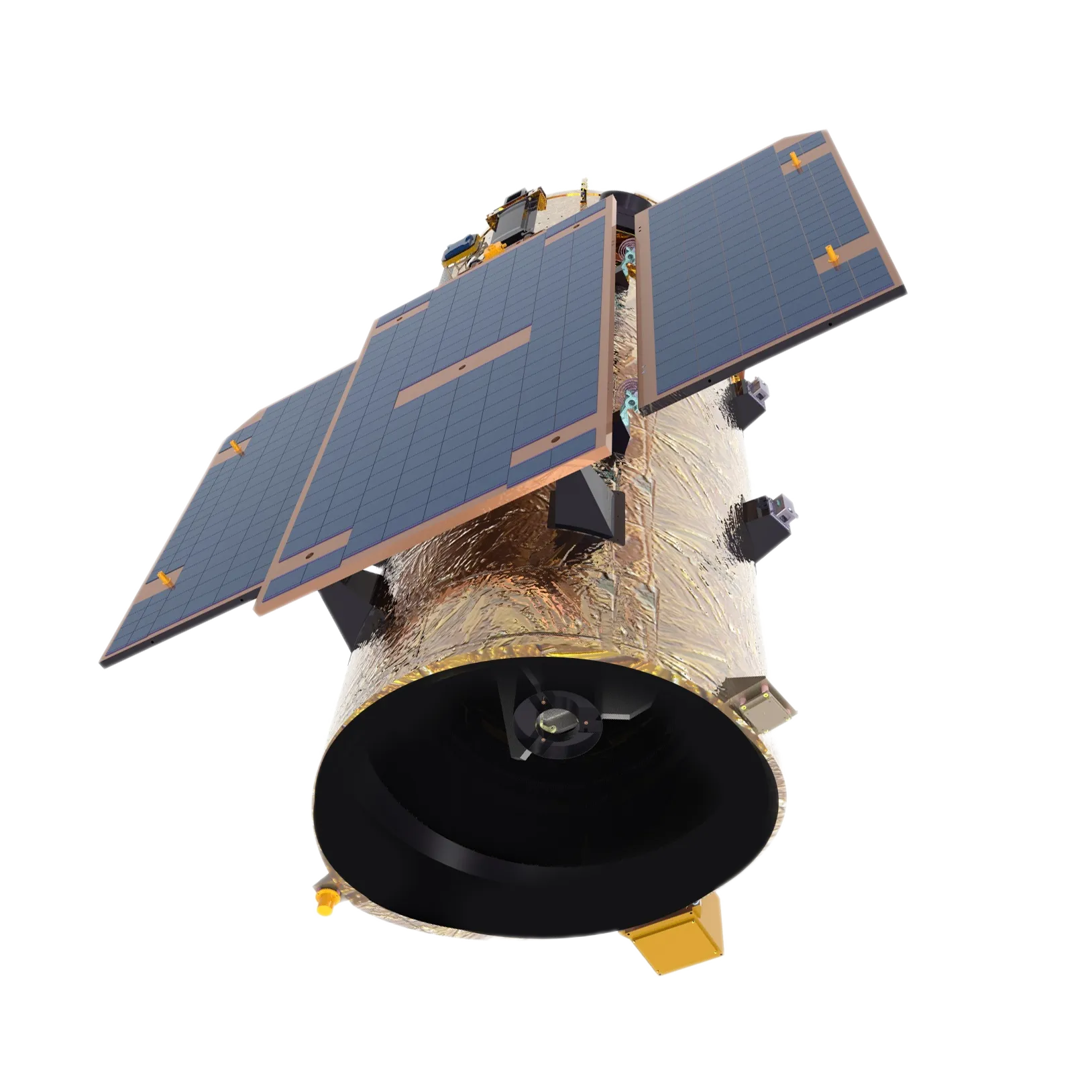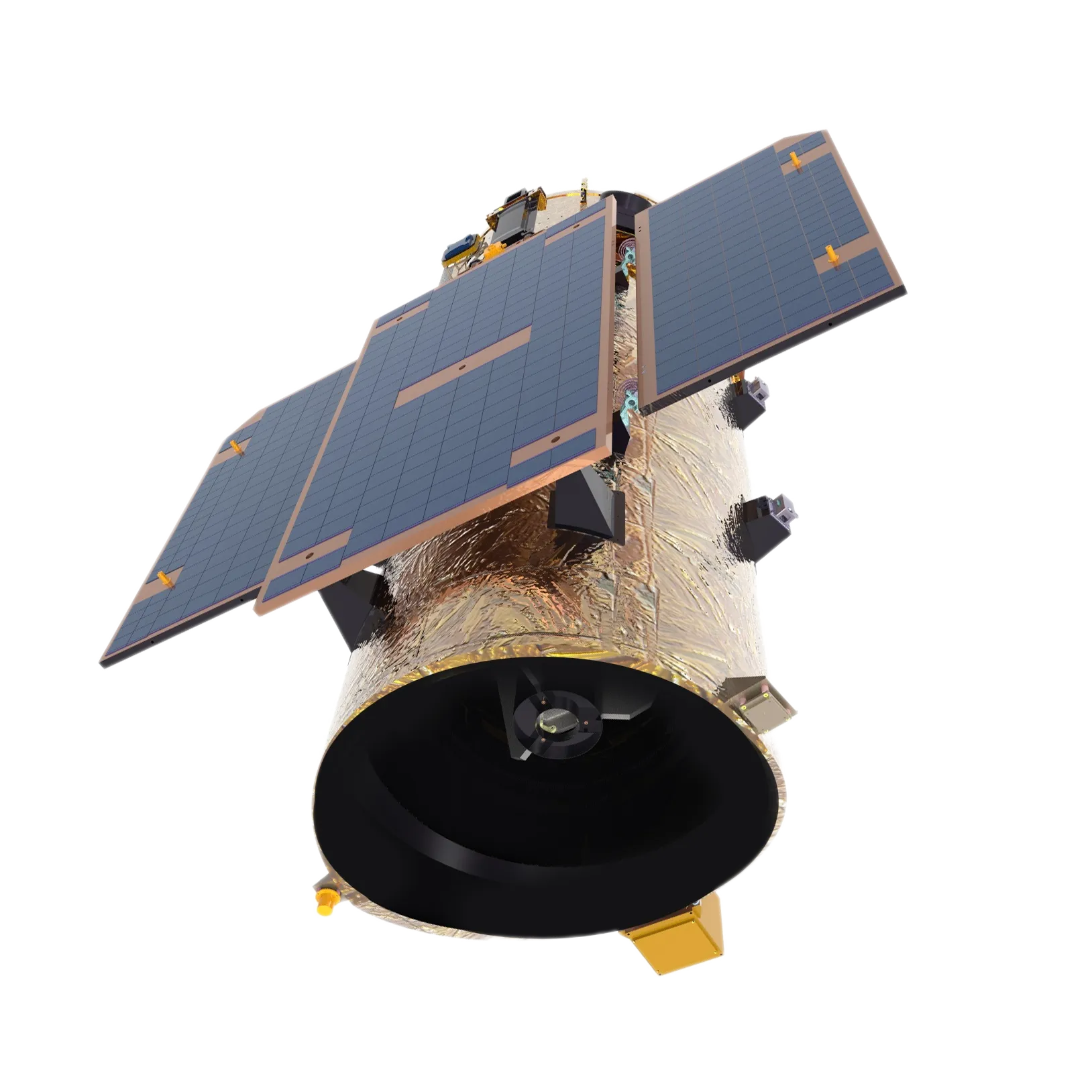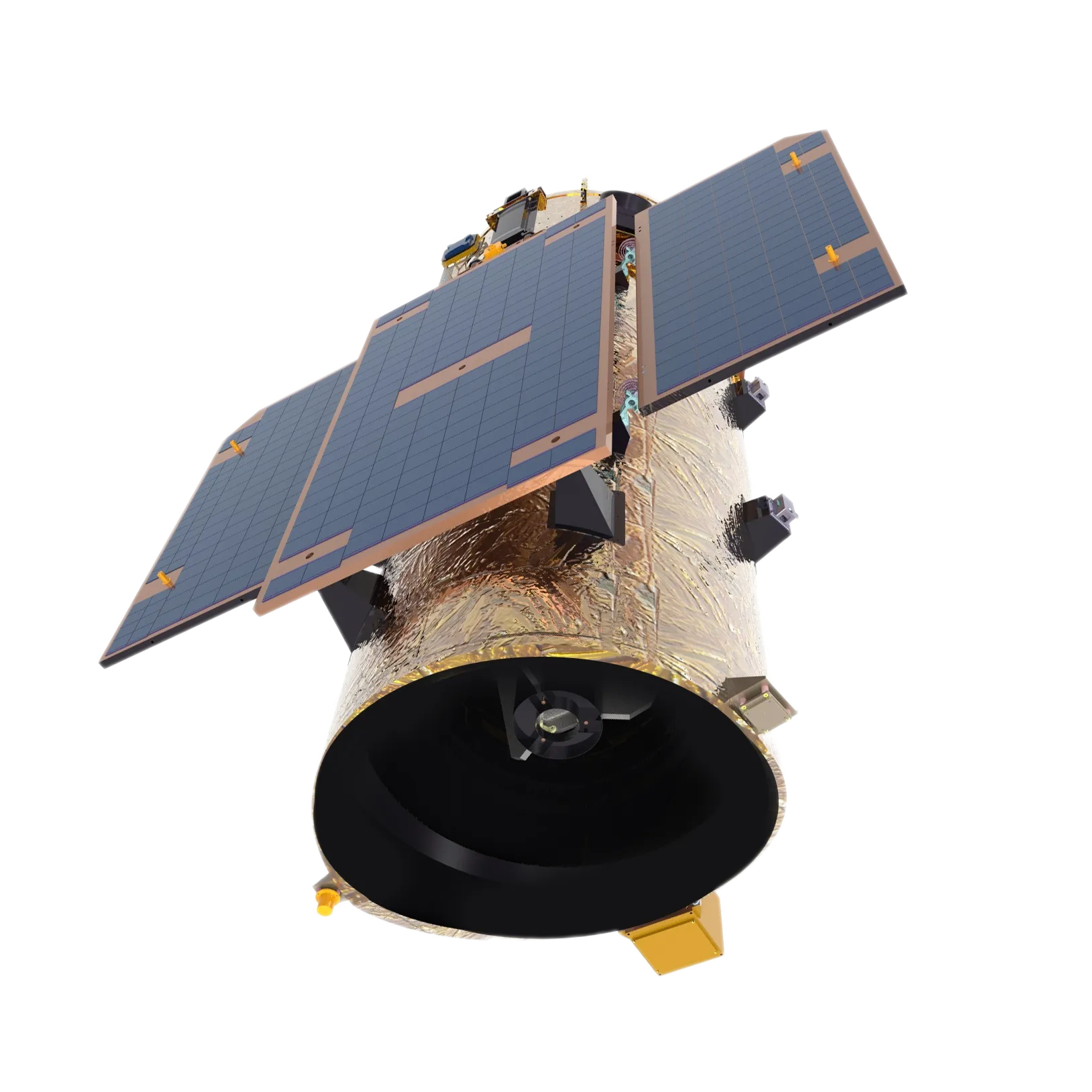
- Afrikaans
- Albanian
- Amharic
- Arabic
- Armenian
- Azerbaijani
- Basque
- Belarusian
- Bengali
- Bosnian
- Bulgarian
- Catalan
- Cebuano
- China
- Corsican
- Croatian
- Czech
- Danish
- Dutch
- English
- Esperanto
- Estonian
- Finnish
- French
- Frisian
- Galician
- Georgian
- German
- Greek
- Gujarati
- Haitian Creole
- hausa
- hawaiian
- Hebrew
- Hindi
- Miao
- Hungarian
- Icelandic
- igbo
- Indonesian
- irish
- Italian
- Japanese
- Javanese
- Kannada
- kazakh
- Khmer
- Rwandese
- Korean
- Kurdish
- Kyrgyz
- Lao
- Latin
- Latvian
- Lithuanian
- Luxembourgish
- Macedonian
- Malgashi
- Malay
- Malayalam
- Maltese
- Maori
- Marathi
- Mongolian
- Myanmar
- Nepali
- Norwegian
- Norwegian
- Occitan
- Pashto
- Persian
- Polish
- Portuguese
- Punjabi
- Romanian
- Russian
- Samoan
- Scottish Gaelic
- Serbian
- Sesotho
- Shona
- Sindhi
- Sinhala
- Slovak
- Slovenian
- Somali
- Spanish
- Sundanese
- Swahili
- Swedish
- Tagalog
- Tajik
- Tamil
- Tatar
- Telugu
- Thai
- Turkish
- Turkmen
- Ukrainian
- Urdu
- Uighur
- Uzbek
- Vietnamese
- Welsh
- Bantu
- Yiddish
- Yoruba
- Zulu
Advanced Satellite Platform Solutions for Innovative Remote Sensing
In the dynamic realm of aerospace and Earth observation, the satellite platform—also known as the satellite bus—serves as the essential foundation that supports and powers the mission payload. Whether used in large-scale Earth monitoring systems or compact exploration vehicles, today’s satellite platforms in remote sensing offer unmatched flexibility, reduced costs, and powerful integration capabilities for diverse applications. With the evolution of miniaturization and modular design, platforms like the CubeSat bus have transformed access to space, making satellite deployment more agile and cost-effective than ever.

The Role Of The Satellite Platform In Remote Sensing
A satellite platform in remote sensing acts as the backbone that houses subsystems such as power, thermal control, communication, and attitude control, while securely supporting the payload—such as optical cameras or radar sensors. These platforms are designed to endure the harsh conditions of space while ensuring precise and stable imaging. Whether it's for climate monitoring, agricultural mapping, or urban development studies, satellite platforms play a pivotal role in delivering consistent, reliable, and high-resolution data from orbit.
CubeSat Platform: The Compact Solution
The emergence of CubeSat platforms has revolutionized small satellite missions. These platforms are typically standardized in units (1U, 3U, 6U, etc.) and feature plug-and-play systems that dramatically reduce development time. A CubeSat bus integrates all the vital components—power, data handling, and communication—into a compact frame, allowing for fast deployment and scalability. The ease of customization makes the CubeSat platform a preferred choice for research institutes, startups, and government organizations seeking to launch targeted missions at a fraction of the cost.
Satellite Bus Structure For High Performance
A robust satellite bus structure ensures that the spacecraft maintains integrity during launch and operates efficiently in orbit. These structures are engineered to support onboard equipment, dissipate heat, and minimize vibrations. Whether in a large communication satellite or a compact Earth observation satellite, the satellite bus structure must align with mission-specific needs—offering both durability and adaptability. For multi-payload missions or evolving requirements, modular bus designs allow for easy upgrades and subsystem replacements.
Custom Platform Satellite Integration Services
Choosing a custom platform satellite solution enables mission developers to optimize performance based on payload type, orbit requirements, and operational lifetime. Advanced integration services include mechanical and electrical customization, mass and power balancing, and interface optimization. Whether you require a high-speed communication platform or a precision imaging platform for remote sensing, bespoke satellite bus systems can dramatically enhance mission success.
Conclusion: Shaping The Future Of Space Technology
As satellite missions become increasingly specialized and frequent, the need for reliable, modular, and cost-effective satellite platforms continues to grow. From traditional satellites to the latest CubeSat bus designs, the backbone of every successful mission lies in the strength and sophistication of its satellite platform. For companies and researchers looking to launch innovative applications in remote sensing, communication, or space science, investing in the right satellite bus structure and platform architecture is crucial for mission efficiency and long-term success.






